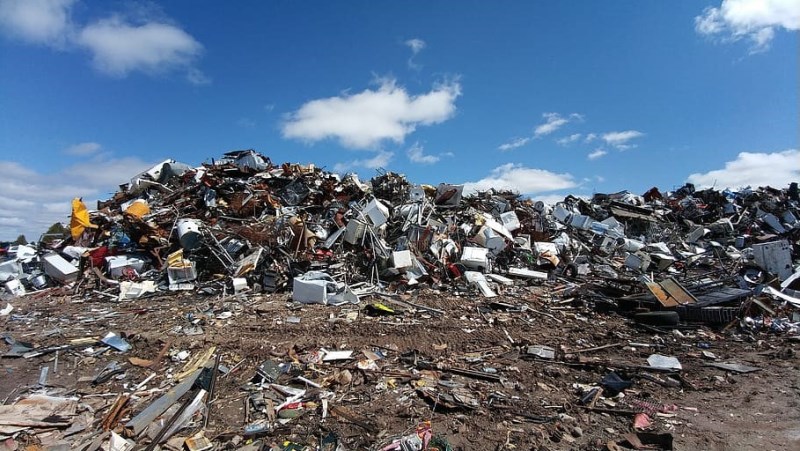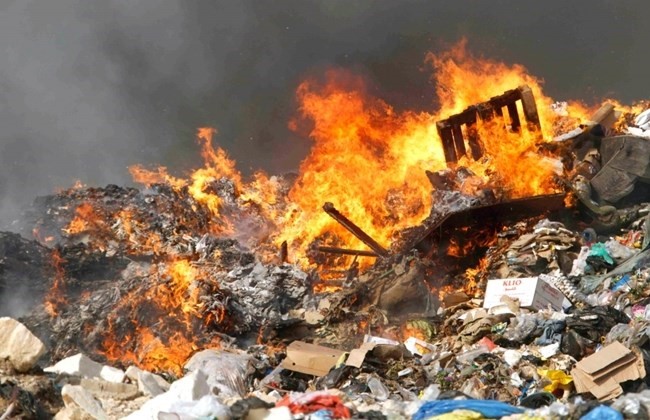Waste removal and disposal in the medieval ages – How did they do it?

The medieval age was known as the time between the Roman Empire and the rebirth of new cultural practices and styles in Europe. This was also called the Dark Ages. In the Middle Ages, the structure of their buildings was different as some of them were surrounded by high walls.
These walls were a defense system to keep unwanted persons from having access to the premises. Also, it prevented attacks from rival communities or areas. Therefore, when it came to how waste was disposed, it was done outside the wall.
The removal and disposal of debris has always been in existence from the beginning of time. During the Middle Ages, it was quite different as the use of an organized waste management system was not in play. Their understanding and knowledge of waste management was limited and this made it difficult to effectively handle it.
Several approaches were put to the test to see which was more suitable and would yield results. These approaches differed from area to area and according to the social class you belonged to. It was more of a local affair, where every community and household took the responsibility of taking proper care of their debris. Let’s discuss some of the ways of disposing and removing waste in medieval times.

Ways of Waste Removal and Disposal
Let’s look at a few of the methods employed by the folks that lived in this era:
1. Designated Areas Were Mapped Out
Certain areas in the community were allocated for refuse disposal. The chosen areas were not situated close to residents. These mapped-out areas were used as dumping sites. This refuse accumulates over time and becomes a great heap.
2. Refuse Were Dispose into Rivers
It is believed that refuse deposited into rivers doesn’t stay stagnant. This refuse is carried away by the flowing water. It will interest you to know that this is still practiced today in some third-world countries.
3. Domestic Composting
This method was a common practice in most homes in the Middle Ages. Things like food leftovers, organic wastes, or weeds were gathered in a place and left to decompose. Once it was well decomposed, it served as manure for their gardens, farms, and agricultural purposes.
4. Food for Animals
As it was the habit of those who rear animals and livestock, the waste materials especially leftover foods were used to feed them. This disposal practice served two purposes; it was a way to dispose of their debris, i.e. food remnants, and also provide sustenance for the animals they reared. Although it was not a sustainable method, it worked to an extent in refuse reduction.
5. Burning
Burning of waste which is also known as incineration involves the combustion of certain substances contained in wastes. Some of the refuse materials that could not decompose like wood were burnt. This helped to reduce the amount of waste accumulation and also reduced any health issue that comes with decomposition.
6. Burying
Household items made from clay and also the ones that could not be used as a result of being old or worn out were buried as a way to do away with them. These old or worn-out materials were not decomposable so the option of burning was introduced. Burying of these items was mostly done within the compound as it was not an often practice of disposing waste.
The above methods were still in use during the medieval era but a strategic and organized method was introduced as time went on. This way of waste removal was of great advantage to the people and the community altogether. Let’s look at this new method and its advantages.

The Use of Waste Baskets
The introduction of the waste basket was an innovation to help curb things like contamination, the spread of diseases, and other health-related issues. The baskets were made out of materials that were at their disposal at the time. The materials used were from reeds, branches, or twigs.
Using these materials allowed a well-built, flexible, and breathable container that prevents unpleasant smells due to the piled-up refuse. You can click here to read more on the functions of waste basket disposal. These baskets were long-lasting and were able to carry very heavy and large amounts of waste products. some of the advantages were:
1. Waste Collection and Containing
Baskets were placed at strategic places in the home like the kitchen, dining areas, and so on and also in public places. This ensured proper organization; making the environment neat and conducive. It also helped to reduce the other disposal methods like burning and digging holes here and there to bury certain items.
2. Hygiene and Convenience
The throwing of dirt into water bodies caused things like water pollution and health-related issues. Also, having to take one refuse to decomposition sites constantly was reduced. People easily disposed of their waste at their convenience and rarely practiced other methods.
3. Social Perception and Invention Style
Baskets that were constructed with beautiful styles or designs were considered high-quality products. This gave a classy look to the environment where it is found. It added a finesse touch and also reflected a sense of commitment by the household to keep their environment orderly and clean.
The use of baskets was not a permanent solution to debris removal. The baskets also needed to be emptied periodically as waste is been generated daily. Once the basket gets to the point where it can’t contain more waste, disposal is needed. It is then transported to the mapped-out disposal area or put into pits.
Also, the baskets need to be cleaned so as not to get worn out quickly or damaged. Based on the materials used to make them, once they are washed it is advisable to let them dry before being used again. The removal and disposal of body waste were not exempted from the management process.
Humans’ bodily discharges like feces and urine were disposed into water bodies and sometimes, they dug cesspits and buried them. This was not a lasting solution as we have the use of cisterns, pit latrines, and so on this present day. Those were the options available to them at that time.
Conclusion
It is very interesting and fascinating how people lived their lives in the Middle Ages. This paved the way for the modern technological inventions of waste management systems. You can visit PrecisionJunkRemoval.co.uk for some of these modern approaches. Going through this article will give you a vivid idea of the medieval era and how they effectively coped with it.
One of the purposes of history is to helps us understand how things were in the past and possibly learn from them. We’ve certainly come a long way with regard to waste management. We can only hope that in the future, much progress will have been made such that our current “modern” approaches will appear archaic.



